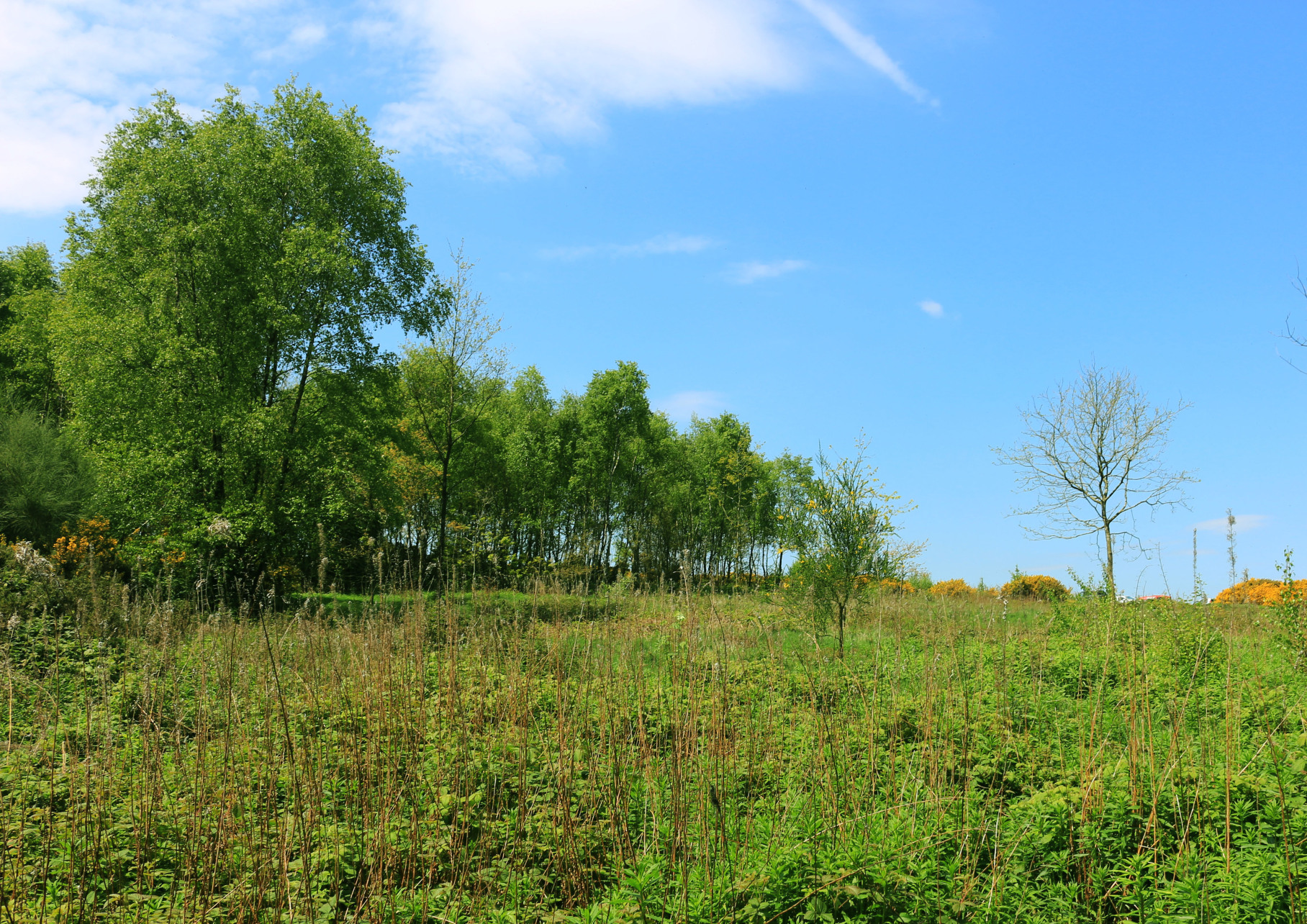Rare bees flourish at Barr Beacon in Walsall
Published on
Two ‘near-threatened’ species of bees have been spotted thriving at Barr Beacon local nature reserve in Walsall, thanks to Walsall Council’s ongoing habitat restoration work with Natural England.

The discovery of the Cats Ear Mining Bee (Andrena humilis) and the Cats Ear Nomad Bee (Nomada integra) was made by Aaron Bhambra, a researcher at the University of Birmingham. It marks a significant milestone, as they had not been sighted locally for decades. Both species are classified as near threatened in Britain, making their presence at Barr Beacon LNR even more significant and very exciting.
Walsall Council began restoring heathland at Barr Beacon 20 years ago using government funding and advice from Natural England. Now the site is part of a national flagship project: the Purple Horizons Nature Recovery Project, supported by Defra and Natural England. This landscape-scale project involves several local partners with the aim of creating nature-rich places between Sutton Park and Cannock Chase, places which people will be able to access and enjoy.
The east of Walsall was once part of a Royal Hunting Forest in Medieval times that included Sutton Park and Cannock Chase. Barr Beacon is a small remnant of this vast heathland landscape. Heathland supports many rare birds, reptiles and invertebrates, but we have lost 80% of this habitat in the UK since the 1800’s, making it a rarer habitat than tropical rainforest.
Walsall Council have been working hard to restore heathland across several sites. They have spread seed of heather and other native wildflowers and created more bare earth for ground-nesting bees. This discovery indicates that this work is making a difference, helping rare species to thrive.
“ The remarkable presence of two nationally threatened bee species like the Cats Ear Mining Bee and Nomad Bee at Barr Beacon is a testament to the efficacy of our continuous efforts in heathland restoration. Walsall is proud to be at the forefront of environmental conservation, and the discovery of thriving bee populations serve as a clear indicator of the positive impact of our long-standing restoration program. The Purple Horizons Project's discovery of these bees at Barr Beacon underscores the importance of sub-urban heathlands in preserving and nurturing nationally threatened bee species. With only a handful of sites in the West Midlands known to harbour good numbers of both species of bee, Barr Beacon has emerged as a critical sanctuary for these pollinators. The invaluable contribution of the heathland restoration efforts to enhancing biodiversity and supporting threatened species like the Cats Ear Mining Bee and Nomad Bee is a testament to the ongoing commitment to environmental conservation in the region. “
“ What’s fascinating about this discovery, is that there are only a handful of sites in the region where both species are known to be found together, which underscores just how critical sub-urban green spaces like Barr Beacon are for supporting threatened insect communities. “
“ This is a brilliant example of organisations working together for nature recovery. Walsall Council are carrying out habitat restoration, with advice and funding from Natural England, whilst the University of Birmingham are monitoring how effective the different restoration methods are. Knowing that our actions are helping these threatened bee species to survive gives our partnership a real boost. “
ENDS

